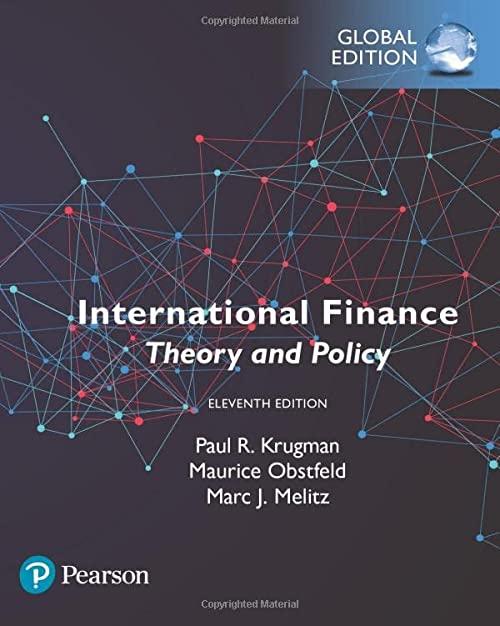Question
You are analyzing the Photon project, which has the expected cash flows below. The Photon project has a 4 year life (assume best life) and
You are analyzing the Photon project, which has the expected cash flows below. The Photon project has a 4 year life (assume "best life") and is competing against another project for funding (the Warp project). That is, the two projects are mutually exclusive. The Warp project has an 8 year life (assume "best life"; cash flows not provided). You notice that the projects have lives of different lengths, so you ask whether the Photon project can be repeated at the end of 4 years. The answer is that it can be. To adjust for the differing lives, you decide to use the NPV replacement chain method. For your initial analysis, you are to assume that Photon can be duplicated exactly. Using the replacement chain method and a discount rate of 13.2%, compute Photon's NPV, in a way that would be appropriate to compare to the NPV of the Warp project. Round to nearest penny. Year 0 cash flow = -172,000 Year 1 cash flow = 71,000 Year 2 cash flow = 71,000 Year 3 cash flow = 71,000 Year 4 cash flow = 71,000
Step by Step Solution
There are 3 Steps involved in it
Step: 1

Get Instant Access to Expert-Tailored Solutions
See step-by-step solutions with expert insights and AI powered tools for academic success
Step: 2

Step: 3

Ace Your Homework with AI
Get the answers you need in no time with our AI-driven, step-by-step assistance
Get Started


